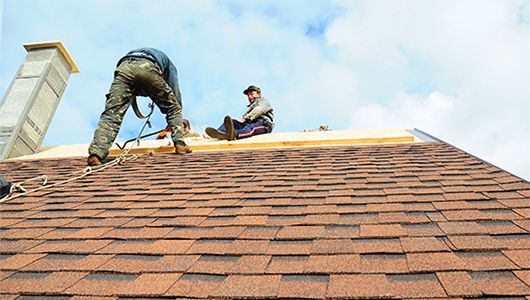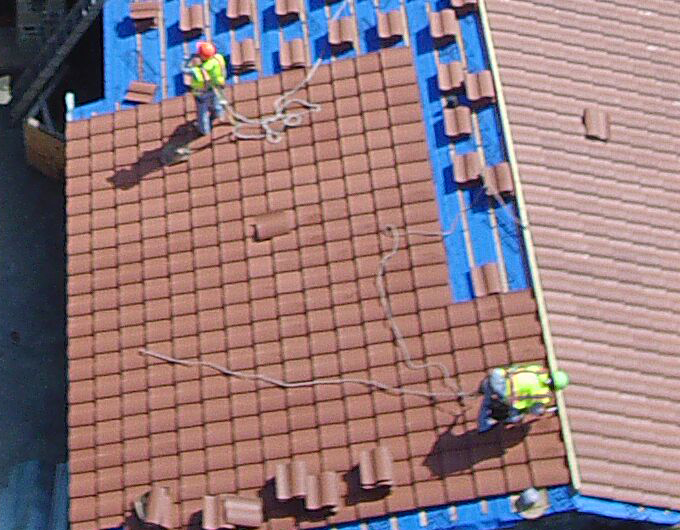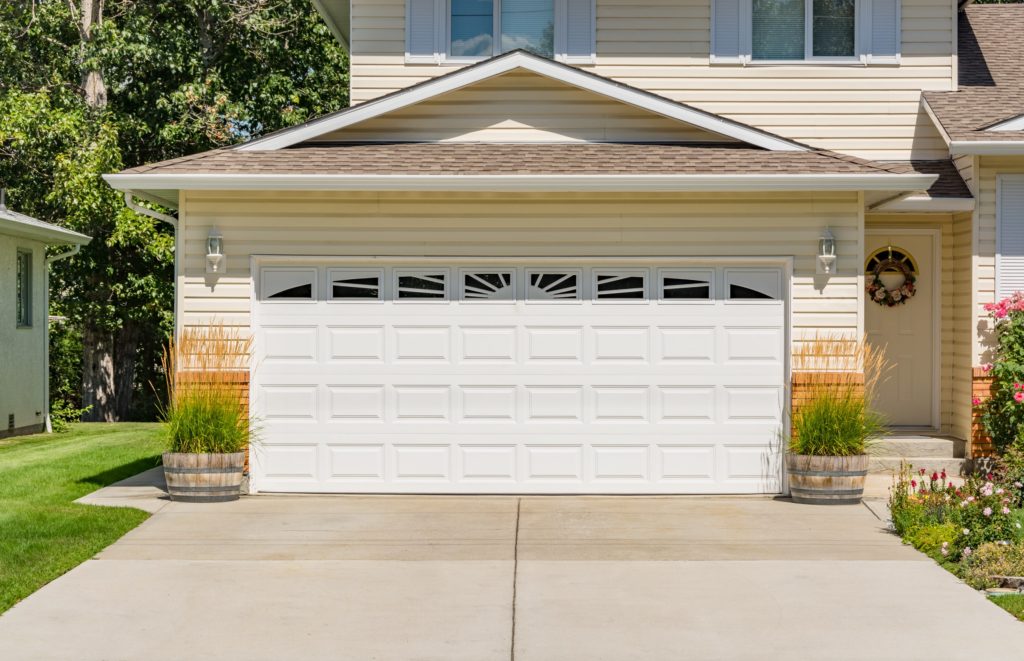Cost Consideration from Roofers Repair Near Me
Picture this: it’s a stormy night, and as you settle in with a good book, you suddenly notice a drip… drip… drip. You look up and see a small but persistent leak coming from your ceiling. Panic sets in as you imagine the potential damage and the dreaded cost of roof repairs. But before you let anxiety take over, know that understanding roof repair costs can demystify the process and help you make informed decisions. In this blog post, we’ll dive into what you can expect when hiring roofers repair near me, breaking down everything from minor fixes to major overhauls, so you’re prepared for any roofing challenge.
Understanding the Types of Roof Repair
When it comes to roof repair costs, understanding what to expect from local roofers can help you make informed decisions and avoid unexpected expenses. The first step is recognizing the types of roof repairs that may be necessary. Common issues include leaks, damaged shingles, and structural damage. Leaks are often caused by broken or missing shingles, clogged gutters, or worn-out flashing around chimneys and vents. Addressing these problems promptly is crucial to prevent water damage, mold growth, and further deterioration of your home’s structure. A professional roofer will assess the damage and determine the best course of action, whether it’s a simple patch-up job or a more extensive repair.
Another important aspect of roof repair costs is the type of roofing material involved. Different materials require different levels of maintenance and repair techniques. For example, asphalt shingles are relatively easy and inexpensive to repair compared to slate or tile roofs, which may require specialized tools and expertise. Metal roofing, known for its durability, might develop issues such as rust or loose panels, but these are typically straightforward to fix. Understanding your roof’s material will give you a clearer idea of the potential costs and the kind of service you should expect from local roofers. It’s always a good idea to consult with multiple professionals to get a range of opinions and quotes.
Finally, the scope of the repair project will significantly influence the overall cost. Minor repairs, like replacing a few shingles or fixing small leaks, usually involve less labor and materials, making them more affordable. However, if your roof has sustained significant damage, such as from a severe storm, the costs can escalate quickly due to the need for more comprehensive work. This might include replacing large sections of the roof, reinforcing structural components, and ensuring proper insulation. By understanding the types of roof repairs and their implications, you can better anticipate the costs and work with local roofers to ensure your home remains safe and secure.

Tile Roof Repair Near Me Roundrock TX
Factors Influencing Roof Repair Costs
Understanding the factors that influence roof repair cost is essential for homeowners looking to maintain their property’s integrity without overspending. One of the primary factors is the extent of the damage. Minor issues, such as a few missing shingles or small leaks, generally require less time and fewer materials to fix, leading to lower costs. On the other hand, extensive damage caused by severe weather, such as heavy storms or hail, can necessitate significant repairs or even partial roof replacement. The more extensive the damage, the higher the labor and material costs will be, making it crucial to address minor issues promptly before they escalate.
Another significant factor affecting roof repair costs is the type of roofing material. Different materials come with varying price points and repair complexities. For instance, asphalt shingles are widely used due to their affordability and ease of repair. In contrast, materials like slate, tile, or metal, while offering superior durability and aesthetic appeal, often require specialized skills and tools to repair, driving up labor costs. Additionally, some materials might be harder to source, increasing the overall expense. Understanding the specifics of your roofing material can help you anticipate potential costs and choose the most cost-effective solutions.
The accessibility and pitch of your roof also play crucial roles in determining repair costs. Roofs with steep pitches or multiple levels can be challenging and hazardous to work on, requiring more safety precautions and specialized equipment. As a result, labor costs for these roofs are typically higher. Similarly, if your roof is difficult to access, for instance, due to surrounding landscaping or architectural features, it can add to the complexity and duration of the repair job. When consulting with local roofers, it’s important to discuss these aspects to get a comprehensive estimate that considers all potential challenges. By understanding these influencing factors, you can better plan and budget for your roof repair needs, ensuring your home remains protected.
Average Cost Estimates for Common Repairs
When it comes to roof repair costs, understanding average cost estimates for common repairs can help homeowners budget appropriately and avoid unexpected financial strain. One of the most frequent repairs involves fixing leaks, which are often caused by damaged shingles, worn-out flashing, or clogged gutters. While the severity of the leak will dictate the overall cost, minor leaks usually require less labor and materials, making them more affordable to address. In contrast, extensive leaks that have caused significant water damage or mold growth can quickly increase repair costs due to the additional work needed to restore the affected areas.
Replacing damaged or missing shingles is another common repair that homeowners may encounter. The cost for this type of repair can vary depending on the roofing material. Asphalt shingles, being one of the most popular roofing materials, are generally less expensive to replace. However, if your roof features premium materials such as slate, tile, or metal, the costs can be higher due to the specialized skills needed for installation and the cost of the materials themselves. Additionally, the extent of the damage—whether a few shingles need replacing or an entire section of the roof—will also affect the overall repair costs.
Finally, addressing structural damage is another potential expense to consider. Structural repairs are often required after severe weather events like heavy storms or falling tree branches that can compromise the integrity of the roof’s framework. These repairs are typically more complex and labor-intensive, involving not only the replacement of damaged roofing materials but also the reinforcement or rebuilding of underlying structures. As a result, they tend to be on the higher end of the cost spectrum. Understanding the average cost estimates for these common repairs allows homeowners to better prepare for potential expenses and ensures they can make informed decisions when working with local roofers to maintain the safety and durability of their homes.

Roof Leak Repair Service
The Hidden Costs: What to Watch Out For
When planning for roof repairs, it’s crucial to be aware of potential hidden costs that can unexpectedly increase your expenses. One common hidden cost is the discovery of underlying issues once the repair work begins. For instance, what may initially appear as a simple leak could reveal more extensive water damage, mold growth, or wood rot upon closer inspection. These additional problems require more labor and materials to fix, significantly increasing the overall repair costs. Homeowners should always budget for potential contingencies when planning roof repairs to avoid financial surprises.
Another hidden cost to watch out for is the need for permits and inspections. Depending on your local regulations, certain types of roof repairs may require building permits or official inspections to ensure compliance with codes and standards. Acquiring these permits often involves fees that can add up quickly, especially if multiple inspections are necessary throughout the repair process. Additionally, failing to obtain the proper permits can result in fines or legal issues down the line. Before starting any major roof repair project, it’s essential to check with local authorities to understand the permitting requirements and factor these costs into your budget.
Lastly, the disposal of old roofing materials can also present an unexpected cost. Roof repairs, particularly those involving significant replacement of shingles or other materials, generate a considerable amount of debris that needs to be disposed of properly. Many contractors include disposal fees in their quotes, but it’s important to clarify this upfront to avoid any surprises. In some cases, homeowners might be responsible for arranging and covering the cost of debris removal themselves, which can add to the overall expense. By understanding and planning for these hidden costs, homeowners can better manage their roof repair budgets and ensure a smoother, less stressful repair process.
DIY vs. Professional Repairs: Cost-Benefit Analysis
When considering roof repair costs, deciding between DIY repairs and hiring professional roofers requires a thorough cost-benefit analysis. DIY repairs can seem appealing due to the potential for significant cost savings. By handling the repairs yourself, you eliminate labor costs and can often source materials at a lower price. Additionally, the sense of accomplishment and control over the project can be satisfying. However, DIY repairs come with their own set of risks. Without the proper knowledge and experience, there’s a higher chance of making mistakes that could lead to more extensive damage or safety hazards. Furthermore, the time commitment and physical demand of roofing work should not be underestimated.
Hiring professional roofers, on the other hand, offers several advantages despite the higher upfront costs. Professionals bring expertise, ensuring that repairs are done correctly and efficiently. They have access to the right tools and materials, and their experience allows them to identify and address underlying issues that an untrained eye might miss. Moreover, professional roofers typically offer warranties on their work, providing peace of mind that any future problems related to the repair will be handled without additional costs. The assurance of quality work and the potential for long-term savings by preventing further damage make professional repairs a worthwhile investment for many homeowners.
Ultimately, the decision between DIY and professional roof repairs depends on various factors, including the complexity of the repair, your skill level, and your budget. For minor repairs and those who have some experience with home improvement projects, DIY might be a feasible option. However, for more significant or intricate repairs, or if you’re unsure about your ability to safely and effectively complete the work, hiring a professional is often the best route. Conducting a thorough cost-benefit analysis will help you weigh the immediate savings of DIY against the advantages and potential long-term savings of professional repairs, ensuring you make the most informed decision for your home’s needs.
How to Get the Best Value from Local Roofers
To get the best value from local roofers, it’s essential to start with thorough research and vetting of potential contractors. Begin by seeking recommendations from friends, family, or neighbors who have had positive experiences with local roofers. Additionally, check online reviews and ratings to gauge the reputation and reliability of different contractors. Once you have a shortlist, verify their credentials, including licenses, insurance, and any relevant certifications. A reputable roofer will be transparent about their qualifications and willing to provide references from previous clients. This due diligence helps ensure you select a contractor who delivers quality work and stands behind their services.
Next, obtaining multiple detailed quotes is crucial for getting the best value. When requesting estimates, provide each roofer with the same information regarding the scope of work to ensure an apples-to-apples comparison. A comprehensive quote should include a breakdown of labor, materials, and any additional costs such as permits or disposal fees. Be wary of quotes that seem unusually low, as they may indicate subpar materials or shortcuts in workmanship. Conversely, the highest bid isn’t always indicative of superior quality. By comparing multiple quotes, you can identify a fair and reasonable price range for your repair needs while ensuring the chosen roofer offers a good balance of cost and quality.
Finally, communication and contract clarity are vital to securing the best value from local roofers. Ensure that all aspects of the project, including the timeline, payment schedule, materials to be used, and warranty details, are clearly outlined in a written contract. Good communication throughout the project helps prevent misunderstandings and ensures that any issues are promptly addressed. Establishing a collaborative relationship with your roofer can lead to better outcomes and satisfaction with the final result. By taking these steps—thorough research, obtaining detailed quotes, and clear communication—you can confidently navigate the roof repair process and achieve the best value for your investment.

Tile Roof Repair Near Me New Braunfels TX
Preventive Maintenance: Saving Money in the Long Run
Investing in preventive roof maintenance is an effective strategy to save money in the long run and avoid unexpected repair costs. Regular inspections, ideally conducted twice a year, can help identify minor issues before they escalate into major problems. During these inspections, professionals can check for signs of wear and tear, such as cracked or missing shingles, damaged flashing, or blocked gutters. Addressing these small issues promptly prevents them from developing into larger, more costly repairs, ultimately extending the lifespan of your roof and maintaining the structural integrity of your home.
Another critical aspect of preventive maintenance is keeping your roof clean and clear of debris. Leaves, branches, and other debris can accumulate on your roof and in your gutters, leading to water backup and potential leaks. Regular cleaning helps ensure proper drainage and reduces the risk of water damage. Additionally, trimming overhanging branches can prevent damage from falling limbs during storms and minimize the buildup of organic matter that can lead to moss and algae growth. These simple maintenance tasks can significantly reduce the likelihood of costly repairs and enhance the overall performance of your roofing system.
Preventive maintenance also includes timely repairs and protective measures that contribute to long-term savings. For instance, applying a quality sealant can protect against moisture infiltration, while adding insulation improves energy efficiency and reduces heating and cooling costs. Scheduling routine maintenance with a trusted local roofer ensures that any necessary repairs are made quickly and professionally. By investing in preventive measures, homeowners can enjoy peace of mind knowing their roof is in good condition, minimizing the risk of unexpected expenses. In the end, a proactive approach to roof care not only saves money but also helps maintain the value and safety of your home over time.
Conclusion
Roof repairs are an inevitable part of homeownership, but they don’t have to be a source of stress or financial strain. By understanding the various types of repairs, factors influencing costs, and how to choose the right local roofer, you can navigate the process with confidence. Armed with this knowledge, you’ll be better prepared to handle any roofing emergencies that come your way and ensure your home remains safe and secure. Remember, proactive maintenance and timely repairs are key to avoiding more significant expenses down the road, so don’t wait until that drip turns into a deluge—take action today and protect your investment.
https://www.google.com/maps?cid=465871782046421571




